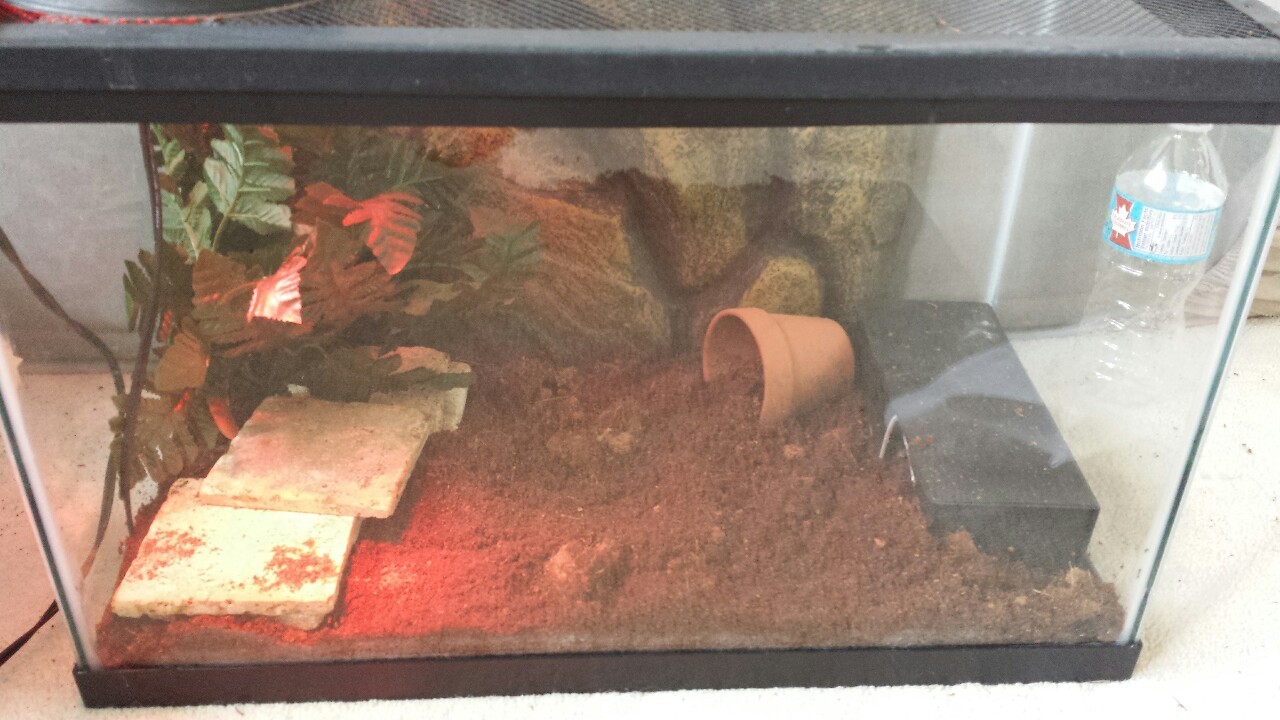One thing I caution people on is reading and then posting opinions without clearly labeling them as opinions. I recommend sticking to scholarly articles written by scientists, vets and other reptile professionals. That's why I posted links.
In my opinion, I would agree that removing the animal from that caging and practicing quarantine is called for. I would read up on disinfection protocols for crypto and use those to keep decor and other things in the new housing as clean from any presumed oocysts as possible. From what I've read exposing decor to heat and sunlight to thorougly dry it could be useful. The UV in strong sunlight wouldn't hurt this effort as my research leads me to believe that UV is useful in combating crypto oocysts.
From what I've read, and in my opinion, dessication can kill crypto oocysts, but it needs to be total dessication (drying). I'm not that sure overnight qualifies. There seems to be differing information as to the efficacy of cholorine. Without knowing how strong a solution of bleach was used from what I read 4 hours was definately on the very short side. In some cases with some methods, crypto oocysts can be rendered non-infective without actually killing them.
Let's hope for the best. In my opinion, reusing housing and decor that has not been disinfected using a known effective method and then drying thoroughly for a much, much longer time than this equipment was is like playing Russian roulette. Many do recommend discarding everything to be on the safe side.
From my reading and in my opinion, Oocysts can be killed or at least rendered non-infective on inanimate objects. They are not impossible to kill. It is just that they are not normally killed quickly or easily wth the normal disinfection methods we as keepers commonly use.
Edited to add: from my reading, especially the CDC recommendation for controlling human crypto in daycare settings I would agree with the 3% hydrogen peroxide.
http://www.cdc.gov/parasites/crypto/resources/childcare_outbreak.pdf

